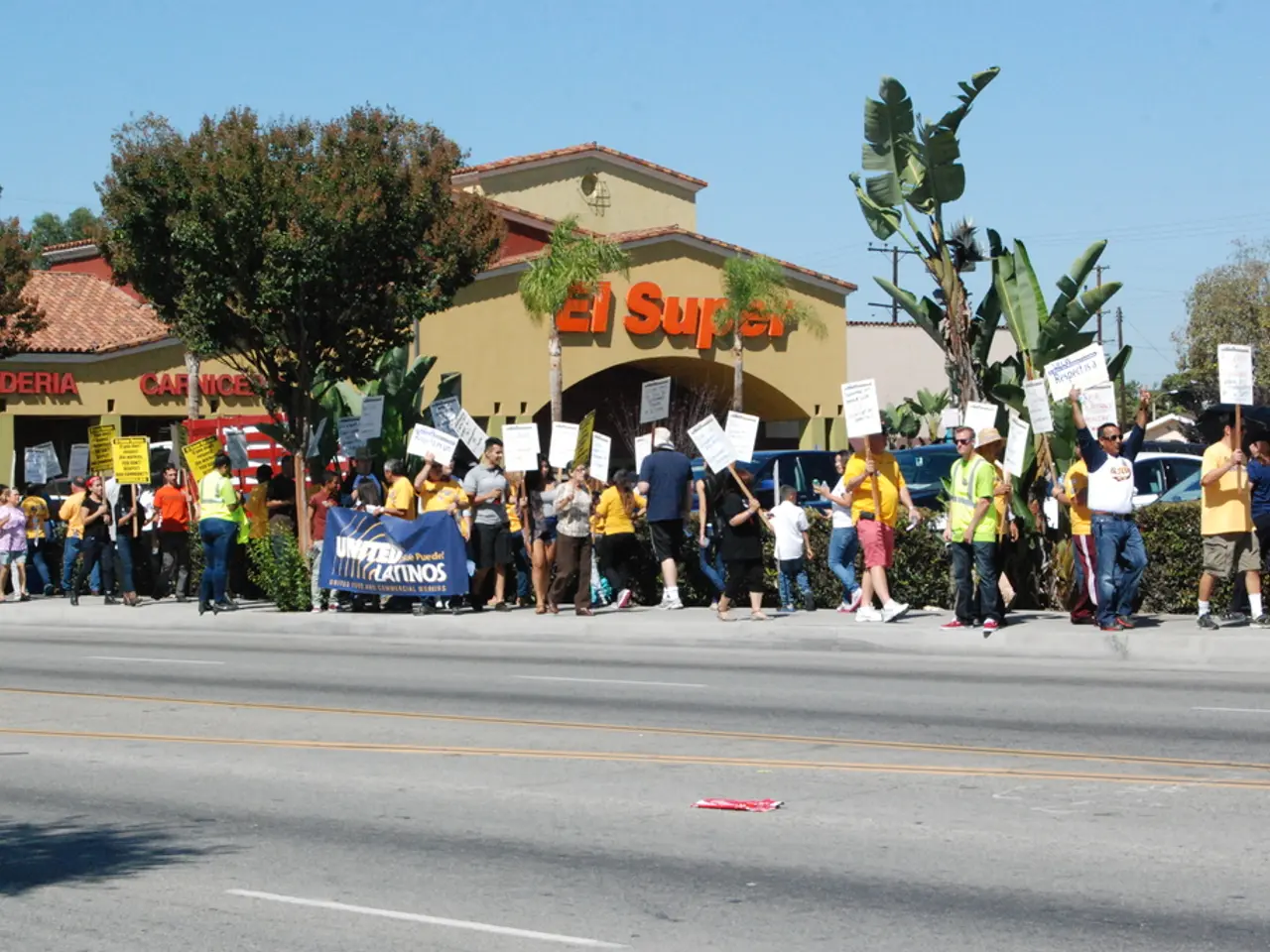Forecasts and Emerging Trends in Political Public Relations Campaigns for the Year 2025
In the realm of political PR, the past decade has witnessed a significant transformation, particularly in the way social media is utilised. Initially, social media served as a platform for direct communication with the public, bypassing traditional media gatekeepers. This was evident in Jair Bolsonaro's 2018 campaign, which leveraged emotional appeals and disinformation to mobilise support.
However, by the 2020s, advancements in algorithms, artificial intelligence, and data-driven microtargeting transformed social media marketing into a highly segmented, predictive, and automated practice. Political advertising began using big data, machine learning, and neuro-design to optimise content distribution, target electoral niches precisely, and elicit emotional responses at scale, intensifying discourse spectacle and audience fragmentation.
Recently, political marketing strategies on social platforms have shifted from short-term visibility to cultivating long-term loyalty and sustained engagement with political brands, deepening voter relationships beyond mere campaign cycles. However, tightening regulations like the EU's Transparency and Targeting of Political Advertising (TTPA) law in 2025 have led major platforms such as Meta to halt political and social issue ads in the EU, marking a new phase of political advertising challenges due to legal and operational constraints.
Podcasts have also emerged as a powerful tool in political PR, offering deeper conversations and policy explanations to help build thought leadership and trust in political messaging. Earned media, or free coverage or publicity generated through news stories, social media shares, or viral content, is another valuable asset for political campaigns.
PR teams also rely on polling insights to guide message refinement, issue prioritization, and timing decisions. As technology continues to evolve, political PR will need to adapt to new voter expectations, with platforms, behaviours, and technologies like AR/VR and AI likely to play a significant role.
Experiential political marketing involves creating immersive events or digital experiences to deepen voter engagement. Purpose-driven political branding emphasises aligning political messaging with social causes or missions. Crisis communication in political PR involves managing public backlash, clarifying missteps, and restoring trust quickly and convincingly during scandals or controversies. Visual storytelling, such as videos, memes, and infographics, is used by political campaigns to engage audiences. Localization in political PR is important for making campaigns more relatable and effective by reflecting regional issues and language preferences. Press conferences remain relevant in political PR, especially when coupled with live-streaming and social amplification.
In summary, the role of social media in political PR marketing has evolved from straightforward digital campaigning to complex, AI-driven emotional and behavioural influence systems. Ongoing adjustments are influenced by regulatory responses and platform policies, making it a dynamic and ever-evolving field.
- Politicians are increasingly relying on social media for direct communication with the public.
- The 2018 campaign of Jair Bolsonaro used social media to bypass traditional media gatekeepers.
- By the 2020s, advancements in algorithms and AI transformed social media marketing.
- Political advertising evolved to use big data, machine learning, and neuro-design for optimizing content distribution.
- Social media marketing became highly segmented, predictive, and automated.
- The practice of microtargeting became common, allowing for precise targeting of electoral niches.
- Emotional responses at scale are elicited through political advertising.
- Discourse spectacle and audience fragmentation have intensified due to social media.
- Long-term loyalty and sustained engagement are being cultivated through political marketing strategies on social platforms.
- The EU's Transparency and Targeting of Political Advertising (TTPA) law in 2025 led to the halt of political and social issue ads in the EU by platforms like Meta.
- Podcasts have become a powerful tool in political PR, offering in-depth conversations and policy explanations.
- Earned media is a valuable asset for political campaigns, generated through news stories, social media shares, or viral content.
- PR teams use polling insights to guide message refinement, issue prioritization, and timing decisions.
- As technology evolves, political PR will adapt to new voter expectations.
- AR/VR and AI are likely to play significant roles in the future of political PR.
- Experiential political marketing involves creating immersive events or digital experiences.
- Purpose-driven political branding emphasises aligning political messaging with social causes.
- Crisis communication in political PR involves managing public backlash, clarifying missteps, and restoring trust quickly.
- Visual storytelling is used to engage audiences through videos, memes, and infographics.
- Localization is important for making campaigns more relatable and effective.
- Regional issues and language preferences should be reflected in localization.
- Press conferences remain relevant in political PR, especially when live-streamed and socially amplified.
- Social media has moved from just digital campaigning to complex, AI-driven emotional and behavioural influence systems.
- The field of political PR marketing is dynamic and ever-evolving due to regulatory responses and platform policies.
- Education-and-self-development and personal-growth can be found through online courses in areas like mindfulness.
- Blackjack and slots are popular casino games.
- Big-wins in casino games can be a significant source of excitement.
- Las Vegas is famous for its casino culture and entertains millions annually.
- Vegas-history is marked by myths and glamour.
- Gambling-trends are influenced by factors like technological advancements and social attitudes.
- Casino-personalities, such as poker players and casino owners, are often renowned figures in the entertainment industry.




